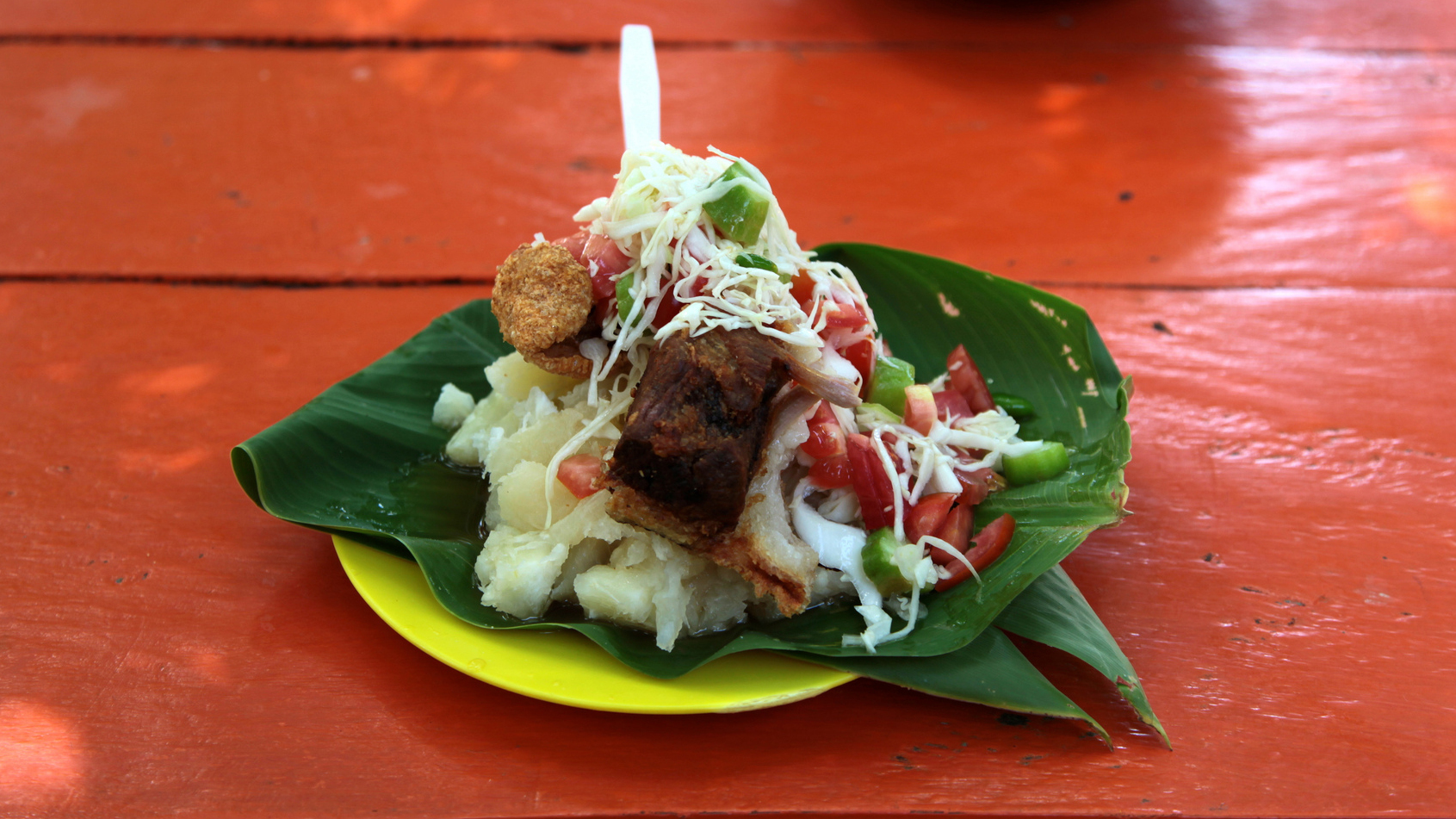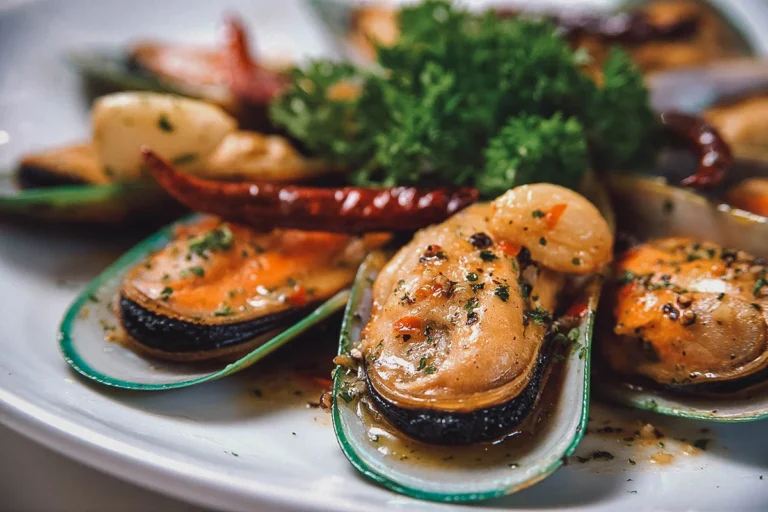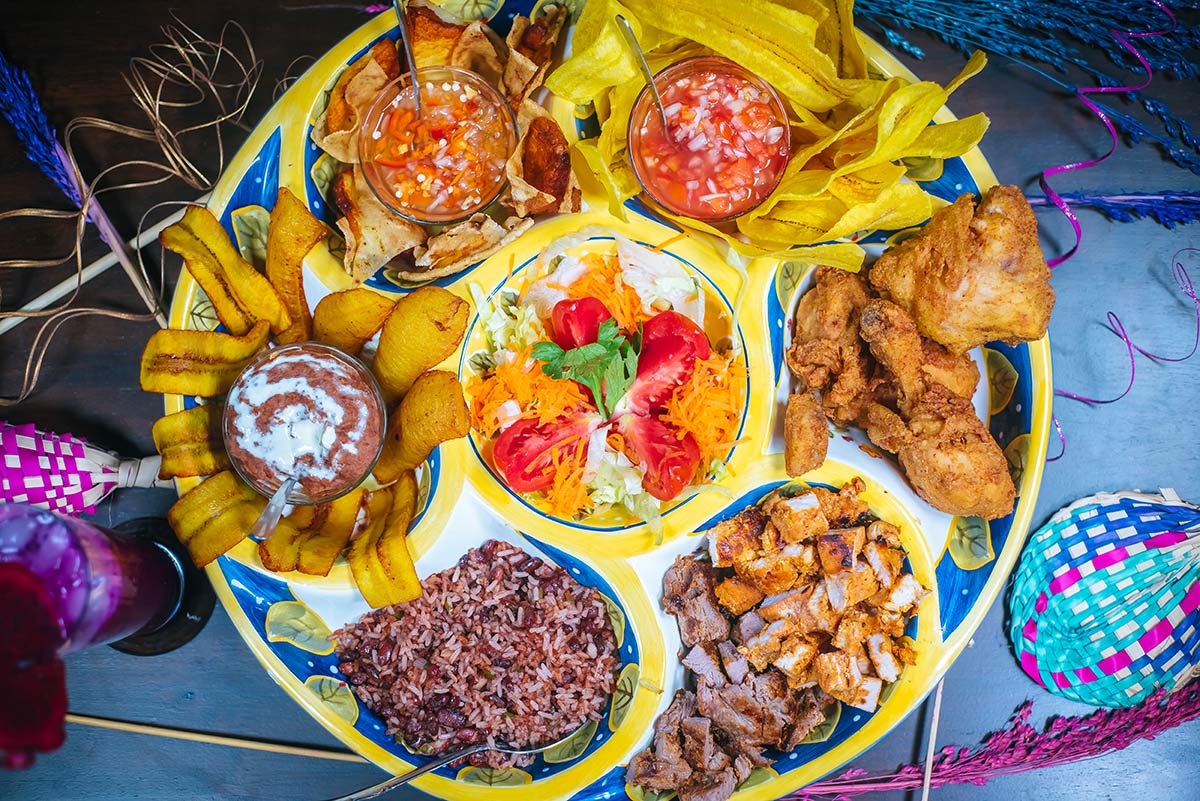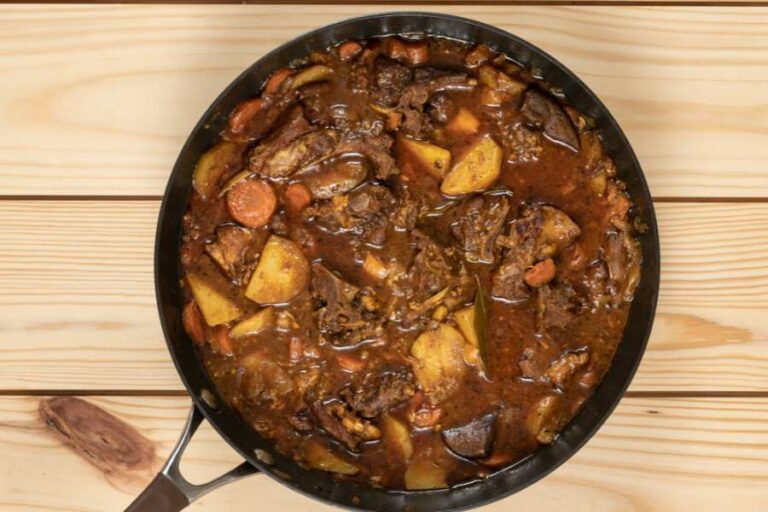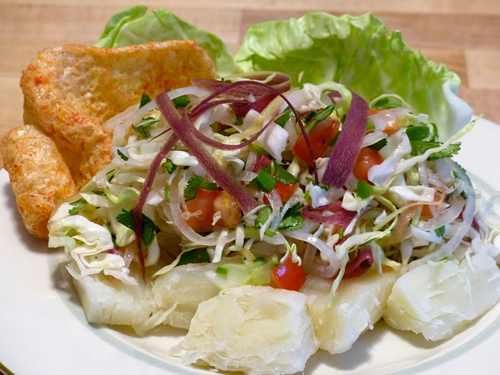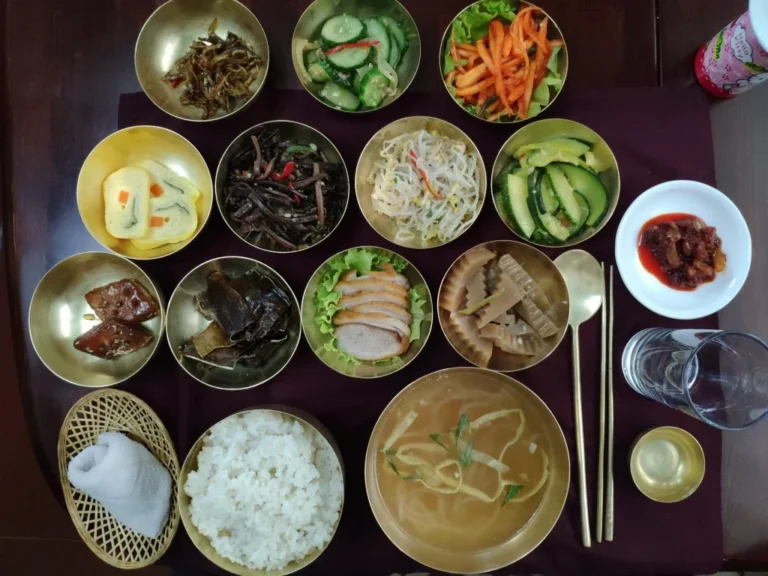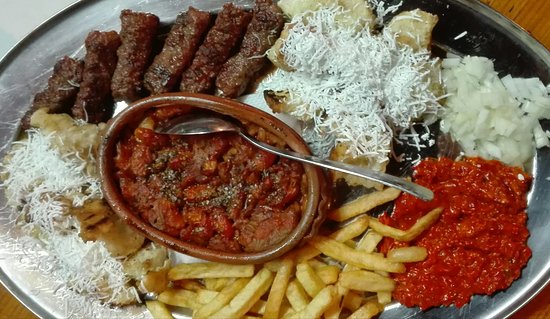Introduction: The role of corn in Nicaraguan cuisine
Corn is an essential ingredient in many traditional Nicaraguan dishes. It has been a staple crop in Nicaragua for centuries and has played an integral role in shaping the country’s food culture. Nicaraguan cuisine is known for its diverse flavors and unique cooking techniques, and corn is at the heart of many of these dishes. From soups and stews to desserts and drinks, corn is used in a variety of ways throughout Nicaraguan cooking.
Corn-based dishes: Traditional foods in Nicaragua
Some of the most popular corn-based dishes in Nicaragua include nacatamales, indio viejo, and gallo pinto. Nacatamales are a traditional Nicaraguan dish that consists of masa (corn dough) filled with meat, vegetables, and other ingredients, then wrapped in plantain leaves and steamed. Indio viejo is a stew made with cornmeal, meat, vegetables, and spices. Gallo pinto is a breakfast dish made with rice and beans, often served with eggs and tortillas. All of these dishes showcase the versatility of corn in Nicaraguan cooking.
Corn as a staple ingredient: Versatility in dishes
Corn is a staple ingredient in Nicaraguan cuisine, and it is used in many different ways. It can be ground into masa for tortillas, tamales, and pupusas, or used in soups, stews, and other dishes. It can also be mixed with other ingredients to make bread, cakes, and desserts. Additionally, corn is used to make drinks such as chicha, a fermented corn beverage.
Preparation methods: How corn is used in Nicaraguan cooking
Corn is prepared in a variety of ways in Nicaraguan cooking. It can be boiled, grilled, roasted, or fried. It can be ground into masa by hand or using a machine. Some traditional Nicaraguan dishes, such as nacatamales, require hours of preparation time to ensure that the corn dough is perfect. Corn is also often soaked in lime water to remove the outer layer of the kernel and make it more easily digestible.
Regional variations: Corn recipes across Nicaragua
Corn recipes vary across Nicaragua depending on the region and the availability of certain ingredients. For example, in the northern region of Nicaragua, tamales are typically made with chicken and achiote, while in the southern region, they are made with pork and vegetables. In the eastern region, coconut milk is often used in corn-based dishes. Each region has its own unique take on traditional Nicaraguan dishes, making for a diverse and flavorful culinary landscape.
Conclusion: A rich culinary legacy of corn in Nicaragua
Corn has been a fundamental ingredient in Nicaraguan cuisine for centuries, and it continues to play an important role in the country’s food culture. From nacatamales to chicha, corn-based dishes are an integral part of Nicaraguan cooking. With regional variations and versatile preparation methods, there is no shortage of delicious corn recipes to explore in Nicaragua.

